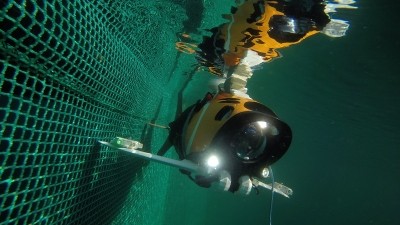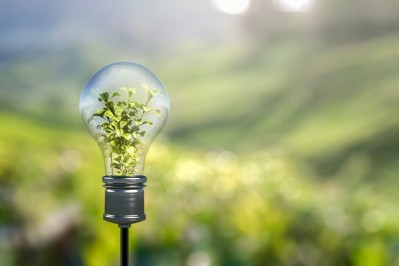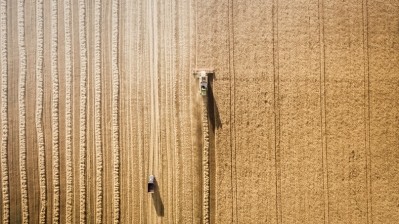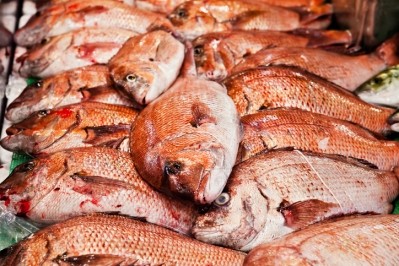US team looks at practices to extend long-term use of forage fish in feed
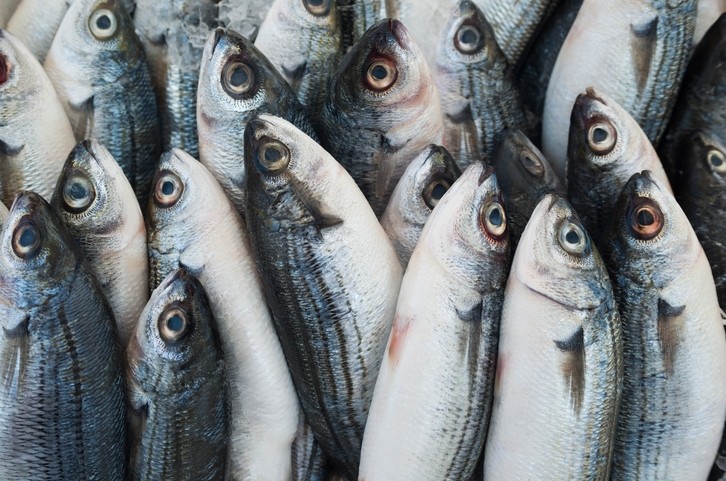
A team of researchers from the University of California, Santa Barbara and the University of Washington examined ways to improve the use of forage fish as an ingredient in diets for aquaculture production as a way to address the industry’s long-term sustainability.
Halley Froehlich, corresponding author and postdoctoral researcher at the National Center for Ecological Analysis and Synthesis at the University of California, Santa Barbara, said the project grew out of a consideration that more attention needed to be paid to the sustainability of forage fish use in products like fishmeal and fish oil.
The work was published in the journal Nature Sustainability.
The aquaculture industry has been somewhat “tumultuous” in the US, she said. Although there is interest in developing US fish farming further, the majority of seafood consumed in the US is imported.
“We’re willing to buy it – so there’s not really a connection between where we get our food and what that means,” she told FeedNavigator.
There also has not been much examination of the use of forage fish-based products, the realistic supply levels of fish and which practices could extend the long-term availability of forage fish, the researchers said.
“Few attempts have been made to systemically and quantitatively assess future forage fish demand against ecological limits of forage fish production, how the deficit between demand and supply depends on alternative mitigation measures and the uncertainty in future protein demands of the growing human population,” the research team said. “Such aspects are particularly unclear if future diets include more seafood and less land-based meat”
The solution will need to include a “portfolio of measures,” said Froehlich.
By 2000, use of forage fish-based products had increased dramatically in aquaculture globally, raising its price and diminishing its use in feeds for pigs and chickens, she said.
“Some of this work is looking at this and saying price is pushing this, but also there are some other levers,” she said.
With a better understanding, there could be a push to limit the use of a finite resource in areas where it is not necessary through levers including governance policies from the top or from within industry or through decisions made by feed companies to use less or no fishmeal in diets for non-carnivorous fish, she added.
“As we continue to grow seafood production, we will continue to increase aquaculture and may have to double [fish production] – we’re going to have to stretch out that supply a little more,” she said. “It provides the ability to continue to use the resource that – doesn’t mean overfishing of a species, but what this allows us to say is these measures will allow us to use forage fish at what seems to be a reasonable level.”
“It allows the aquaculture industry to know they’re going to have to more rapidly adapt,” she added.
However, there always will be a limit to the sustainable use of any natural resource, the researchers added.
“Industry and innovation will need to fill the gap by scaling healthy, sustainable feed alternatives – especially if human diets or fisheries management change the relative demand or supply, respectively,” they said. “The question now is whether science, policy and industry can align more rapidly to advance better management and feed practices sooner rather than later.”
Forage fish supply
As aquaculture production expands it is surpassing wild-caught seafood. However, it remains somewhat limited by the need for fishmeal and oil to be used in aquaculture feeds, the researchers said. Those feed ingredients are often made from wild-capture forage fish to provide fatty acids and micronutrients.
However, aquaculture is expected to grow past the ecological supply of forage fish, they said. It is unclear what steps could be taken to avoid hitting the forage-fish limit.
Additionally, several of the mitigation efforts to improve the long-term sustainability of aquaculture have explored ways to reduce the amount of fishmeal and fish oil needed for the diets of carnivorous fish, said Froehlich. “But they make a small percentage in terms of global total usage,” she added.
“It’s not necessary to feed it to carp or freshwater, non-carnivorous species – but to say we should reduce use in carnivorous fish misses the use in freshwater species that don’t really need it,” she said.
Currently, carp and freshwater species account for a large take of the forage fish-based ingredients generated, she said. The goal of the project was to examine the use trends and see where the ingredients were being used and how necessary those practices were.
Analysis and long-term plans options
The project explored the use of forage fish products from a resource management perspective, said Froehlich.
“Aquaculture is going to continue to grow so how do we operate,” she said. “That seems to resonate in the fisheries and the aquaculture sector.”
There is a growing understanding that the two areas need work together on the issue, she said.
“It’s not a black or white situation there is a lot of gray area,” she said. “You can have really good fishing and sustainable practices and then you have illegal fishing – there’s a middle ground of trying to figure out where in this space can we find the best tradeoffs.”
The analyses competed included examining past trends in forage fish use, the researchers said.
The group also explored potential increases in the amount of wild-capture forage fish based on stock and yield to establish long-term maximum sustainable yield, compared maximum sustainable yield to business as usual practices, evaluated reducing forage fish from non-carnivorous and terrestrial species’ diets and the potential role for fishmeal alternatives, they said.
The group found that reducing the use of forage fish in the diets of non-carnivorous fish allowed for the largest reduction in demand for the limited product, they said. That change could provide the industry its best opportunity of extending fishmeal use to 2050.
A similar option would be ending the use by terrestrial species like pork and poultry, which still use about 25% of the fishmeal produced, said Froehlich.
That change would cut fishmeal use by 6.8m tons, the researchers added. Ending the use of fishmeal for non-carnivorous or freshwater fish would eliminate the use of about 9m tons by 2050.
The group also explored the role that China plays as an example because the country is at the epicenter for production and consumption of farmed fish, said Froehlich. Because there are so many different chains involved in the seafood world, there are multiple roles available to a country that wants to help optimize practices.
If no changes are made, given current usage, 2037 would be about the time when usage practices would have to change based on resource availability and price, she said. “The thinking was the prices would continue to increase and a result was the reduction in carp, use in their diet because ultimately they don’t’ really need it.”
However, it would raise the price for farmed carnivorous fish products, she added.
Alternative feed sources also will have a role to play in extending the availability of forage fish products especially if diets continue to include more fish, she said.
Source: Nature Sustainability
DOI: doi.org/10.1038/s41893-018-0077-1
Title: Avoiding the ecological limits of forage fish for fed aquaculture
Authors: H Froehlich, NS Jacobsen, T Essington, T Clavelle, B Halpern
